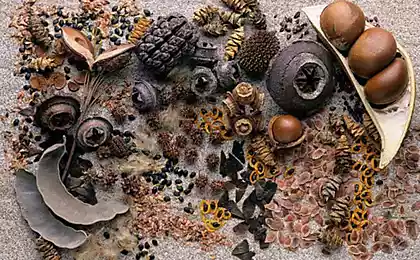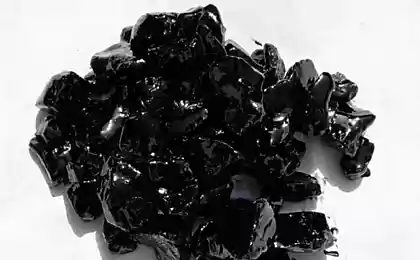494
Discussing the effect Formalin
In all civilizations from time immemorial there was a need to immortalise the name of a person after death. Rock paintings, Egyptian pyramids, ancient monuments and burial nobles give it a further confirmation

The rapid development of medical science and anatomy has given a strong push to improve the methods of embalming and preservation of cadavers, as the bodies of the dead, delivered to the anatomical theater for dissection and study, without embalming readily biodegradable. The discovery by William Harvey in 1628 laws circulation allowed anatomists to introduce preservatives in the bloodstream, which was much more effective than previous methods of embalming. The pioneer of this direction was a prominent Dutch anatomist Frederick Ruysch widely used introduction of preservatives and dyes in the arteries and veins.

Embalming bodies by injection into the bloodstream preservatives anatomists began to apply from the beginning of the XVIII century, but a revolution in this craft came with the discovery of new substances have remarkable properties embalming. Glycerin, first obtained chemist Scheele in 1779, phenol (carbolic acid) used Lister disinfection operating since 1867, and formalin, outdoor Hoffman in 1868 and has a pronounced locking effect on the tissue, even in 3-percent concentration - these are the main preservatives, which are used by anatomists embalming for more than a hundred years

HOFFMANN (Hofmann), August Wilhelm von
April 8, 1818 - May 5, 1892

She is floating in formaldehyde
Imperfection lines
Moving gradually
I have her face her name
Sweater same blue
No one noticed the substitution
(Fleur)

zaformalinenny entirely brainless human anencephalic

And finally now the favorite topic:
Posted in [mergetime] 1396266556 [/ mergetime]
Formalin - an aqueous solution containing 37-40% formaldehyde and 6-15% methanol (stabilizer). The formaldehyde source, disinfectant and deodorizing means, a liquid for preservation of anatomic preparations and tanning leather.
Formalin proteins collapses, so it is used for the manufacture of tanned gelatin kinofotoplёnki, for preserving biological materials (creation and other anatomical biomodels), and as an antiseptic.

Source:

The rapid development of medical science and anatomy has given a strong push to improve the methods of embalming and preservation of cadavers, as the bodies of the dead, delivered to the anatomical theater for dissection and study, without embalming readily biodegradable. The discovery by William Harvey in 1628 laws circulation allowed anatomists to introduce preservatives in the bloodstream, which was much more effective than previous methods of embalming. The pioneer of this direction was a prominent Dutch anatomist Frederick Ruysch widely used introduction of preservatives and dyes in the arteries and veins.

Embalming bodies by injection into the bloodstream preservatives anatomists began to apply from the beginning of the XVIII century, but a revolution in this craft came with the discovery of new substances have remarkable properties embalming. Glycerin, first obtained chemist Scheele in 1779, phenol (carbolic acid) used Lister disinfection operating since 1867, and formalin, outdoor Hoffman in 1868 and has a pronounced locking effect on the tissue, even in 3-percent concentration - these are the main preservatives, which are used by anatomists embalming for more than a hundred years

HOFFMANN (Hofmann), August Wilhelm von
April 8, 1818 - May 5, 1892

She is floating in formaldehyde
Imperfection lines
Moving gradually
I have her face her name
Sweater same blue
No one noticed the substitution
(Fleur)

zaformalinenny entirely brainless human anencephalic

And finally now the favorite topic:
Posted in [mergetime] 1396266556 [/ mergetime]
Formalin - an aqueous solution containing 37-40% formaldehyde and 6-15% methanol (stabilizer). The formaldehyde source, disinfectant and deodorizing means, a liquid for preservation of anatomic preparations and tanning leather.
Formalin proteins collapses, so it is used for the manufacture of tanned gelatin kinofotoplёnki, for preserving biological materials (creation and other anatomical biomodels), and as an antiseptic.

Source:























